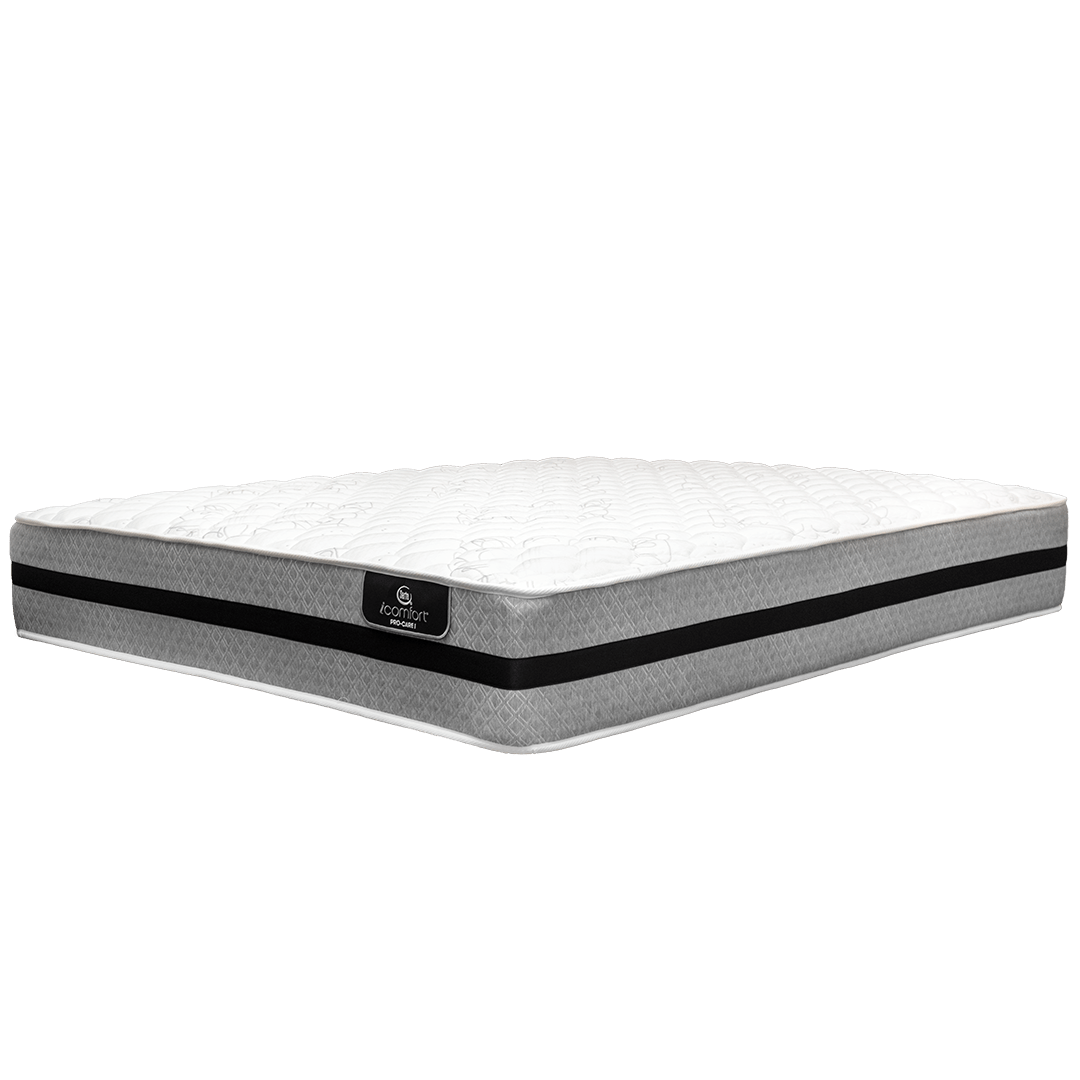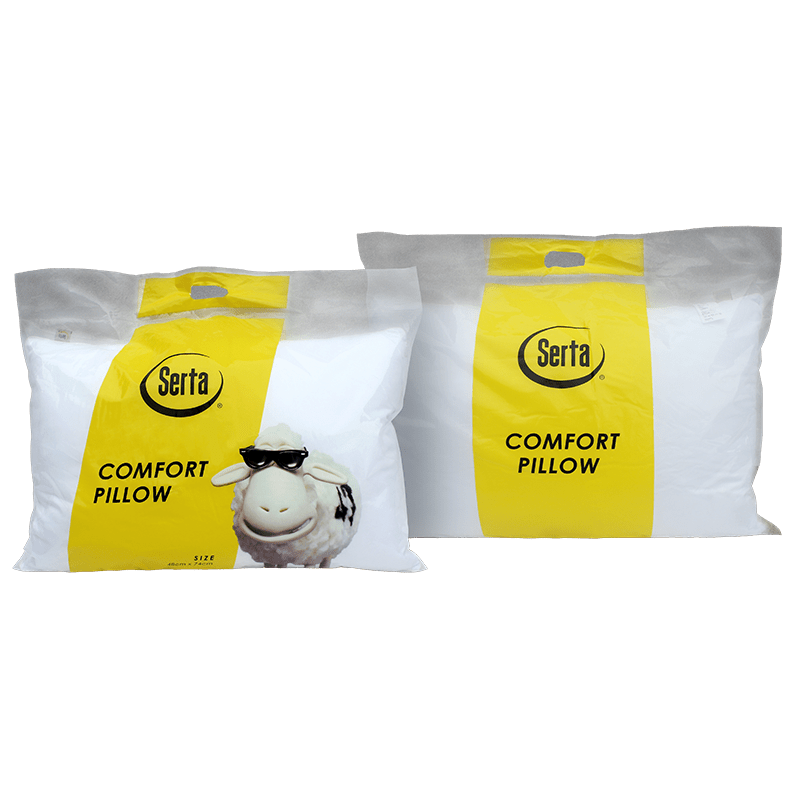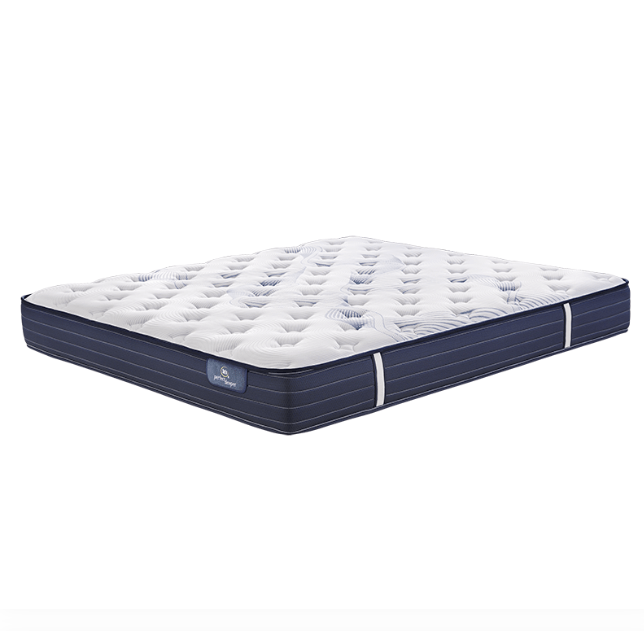How to choose the right neck pillow or memory foam pillow? |Hong Kong pillow recommendations 2024
Are you prone to shoulder and neck pain after a busy day? Resting and sleeping at night is the best time for body muscles to relax and recover, but a pillow that is not suitable for you may make your pain worse!
Memory foam pillows can help relieve fatigue and shoulder and neck discomfort. To solve the pain caused by sleeping posture, you need a neck pillow. Wondering how to choose the right pillow? Serta’s article explains in detail how pillows protect the cervical vertebrae, introduces neck pillows and memory foam pillows, and also recommends several popular and comfortable pillows in Hong Kong to help you sleep peacefully!
How does a pillow protect the cervical spine?
Many office workers in Hong Kong sit in front of computers for long periods of time, keeping their necks tilted forward for many hours, which can easily cause damage to the neck and shoulders.
Stiffness and soreness. If you use a pillow of poor quality or that is not suitable for you, it may put pressure on your cervical spine. Not only will you be unable to relax, it will also make your muscles more tired. Over time, it may cause strain or other posture problems! Under the best circumstances, a pillow can firmly support the back of the user's head and cervical spine, allowing the muscles there to relax in a proper posture, while keeping the cervical spine and entire spine level. Therefore, we strongly recommend that people who often suffer from neck pain choose a suitable neck pillow so that the neck muscles can release pressure and maintain health.
What is a memory foam pillow? Do memory foam pillows have a neck support function?

Memory foam is made of polyurethane, also known as "space memory foam." This material was originally developed by NASA and used in spacecraft seats to absorb huge impacts in accidents to protect astronauts. Memory foam is now commonly used as a material for pillows and mattresses due to its property of sinking downward when force is applied.
The operating mechanism of memory foam is actually quite simple - it can soften the material of the memory foam pillow by sensing the temperature and weight of the human body, which is warmer than the room. After lying on the memory foam pillow for a period of time, it will adjust according to the different parts of our body. It has different degrees of depressions due to its weight and can fit the curves of the human body.
Memory foam also has slow rebound properties, which can help muscles release pressure, so it has a certain neck protection effect. But can memory foam pillows definitely protect your cervical spine? This varies from person to person, so below we’ll explain how to choose a pillow that’s right for you.
Things to consider when choosing a pillow
Consideration 1: Sleeping position
The function of a pillow is to support the head and keep the cervical vertebrae and spine level, so different sleeping positions have different requirements for pillows.
sleep on back
When sleeping on your back, you need a pillow of moderate height to support your neck. One of the criteria is to see if your chin can remain level after lying on the pillow. If the pillow is too low, the head and neck will be raised, making it easy to snore due to mouth breathing, and the neck muscles cannot relax. On the contrary, if the pillow is too high, the head and neck will remain in a bowed position during sleep, causing the cervical vertebrae to bulge backwards, which will strain the muscles of the back of the neck and back over a long period of time. Back sleepers can choose a consistent height comfort pillow or use the lower side of a contoured memory foam pillow, which is generally not too high.
In addition, some people who sleep on their backs may experience lower back pain over time. This may be because the pelvis tilts forward, causing the lower back to hang in the air. These people can place a flatter pillow under their thighs to reduce the pressure on their lumbar spine.

sleep on side
People who sleep on their sides generally need a taller pillow, the height of which should be the width of one shoulder. A pillow that is too high will cause the cervical vertebrae and spine to curve. Long-term use of a pillow that is too high will stiffen the neck muscles and even cause pain. A pillow that is too short will cause the shoulders sleeping on one side of the mattress to fold up due to lack of space, easily causing shoulder and neck discomfort. If you want to protect your neck, the most ideal pillow style for side sleepers is a wavy memory foam pillow, which can not only support the neck, but also allow the head to sleep in a concave position, keeping the back of the neck and the spine in a straight line.

Sleep on your stomach
Sleeping on your stomach is actually a very unhealthy sleeping position, because this sleeping position puts pressure on the heart and lungs, and puts pressure on the lower lumbar spine. Sleeping with your head to one side for a long time can even cause neck pain. If you still have to sleep on your stomach, or have not been able to change this bad habit for the time being, it is recommended that you choose a pillow that can support and protect your neck and has a lower overall height, such as a comfort pillow or the lower side of a wavy memory foam pillow. And place a small pillow or towel under your belly to support your lower back and reduce the pressure on your lumbar spine.

Consideration 2: Pillow material
Comparison of three common pillow materials:
| Supporting capacity | Resilience | life | Neck protection ability | temperature | |
| memory foam pillow | high | slow rebound | 3-5 years | higher | Softness and hardness change with temperature: softer in summer and harder in winter |
| latex pillow | high | high | 5 years | medium | It easily collects heat because it fits the curves of the human body. |
| fiber pillow | Low | Low | 1-2 years | Low | no effect |
Although the above table compares pillows of various materials in different aspects, no pillow can meet everyone's preferences. You can choose the pillow material according to your personal preferences and needs. As long as the cervical vertebrae and spine are kept level, you can protect your neck. department.
Consideration 3: Whether the height, shape, and hardness of the pillow are suitable for the user’s body shape and habits
high
Although the above mentioned pillow heights are suitable for different sleeping positions, everyone should also consider their own body shape when choosing a pillow. For example, as mentioned above, people who sleep on their backs can choose the lower side of the wavy memory foam pillow, but if the user has a larger body shape and a thicker back, they may need to use the higher side; similarly, if the user has a thicker back, If you are a small person, or if you are using it for children, the wavy memory foam may be too high, and you will need to choose a shorter pillow.
shape
Some people change sleeping positions many times during the night. They may not be suitable for pillows with specially designed shapes, such as butterfly pillows, because their shapes are specially designed for specific sleeping positions, and they are more likely to feel discomfort when they change sleeping positions. The same is true for wave-shaped pillows. The two heights of the pillow are suitable for different sleeping positions. The height will inevitably become inappropriate after changing sleeping positions. For this kind of people, we recommend a supportive, flat memory foam pillow. The memory foam can fit the user's sleeping position at the time and will not wake up easily even if they toss and turn at night.
hardness degree
Although the softness and hardness of the pillow can be chosen according to personal preference, there may be some restrictions for different body shapes. For example, heavier people should use harder pillows, as softer pillows tend to sink too much due to weight, thus affecting the height of the pillow. As for people with average body shape and weight, they can choose the softness and hardness of pillows they like. Many manufacturers also design pillows with various softness and hardness for customers to choose from.
The above considerations only list the situation of ordinary people. However, since everyone's preferences, habits, body shape, and spinal conditions are different, it is recommended that you try the pillow yourself before buying it to find the pillow that feels most comfortable to you.
How to test whether a pillow is right for you?
Before testing a pillow, you first need to know your sleeping position. Many people think that the position before falling asleep is their sleeping position, but in fact, the most accurate sleeping position should be the position when you wake up. When testing a pillow, you should test the comfort of the pillow in the sleeping position when you wake up. If the sleeping position before falling asleep is different from the sleeping position, you should test it in two positions. When the test results of the two sleeping positions are different, You should choose a pillow that best suits your sleeping position when you wake up.
The second test method can use the current pillow as a reference. If you use the current pillow, you often find that you put your hands under the pillow when you wake up, that is, the pillow is too short. When purchasing a pillow, you should test some comparisons. Higher pillows; if you "snap your neck" (stiff neck) many times when using your current pillow, it means that the pillow you are using is too high, causing your body to subconsciously avoid the pillow.
The above judgment method can effectively help you choose the right pillow to sleep on, but you should still pay attention when testing pillows. If the quality of the mattress in the experience room is very different from the mattress at home, then the height of the pillow may need to be adjusted additionally. In addition, in the first week after changing the pillow, the body may not be able to adapt to the new pillow immediately. This is normal. As long as it does not cause pain, scratch your neck, or need to raise the pillow with your hands, then this is just a need of the body. Taking more time to adapt to the pillow does not mean that the pillow is not suitable for you.
Serta neck pillow recommendation

The Serta memory pillow is a classic style of Serta pillow. The wavy design is suitable for back and side sleepers to adjust the height by themselves, and the price is very affordable. Memory foam and ergonomic design can provide sufficient support, protect the neck and shoulders, and help muscles relax. The pillowcases are also made of non-toxic and hypoallergenic materials, giving you a healthy and comfortable sleep.
2. New Zealand thermostatic gel pillow

The main material of the New Zealand constant temperature gel pillow is gel molecules mixed with memory foam, which can disperse heat and fit the head, shoulder and neck curves of different users, fully supporting the head and neck, achieving a neck protection effect and soothing the head, shoulders and neck. pressure. This pillow comes in a classic shape, suitable for any sleeping position, and a curved wave shape for back and side sleepers.
3. New Zealand thermostatic gel memory foam pillow

New Zealand's thermostatic gel memory pillow uses memory foam mixed with thermostatic gel to provide support and relieve shoulder and neck pressure. It can also regulate temperature and absorb moisture, keeping you cool and not stuffy during sleep. In addition, the pillow materials also include New Zealand wool and silk mesh, giving you a silky and smooth texture. This pillow is available in medium and high sizes, suitable for both back and side sleeping positions.





